Author: Texas Outdoors
-
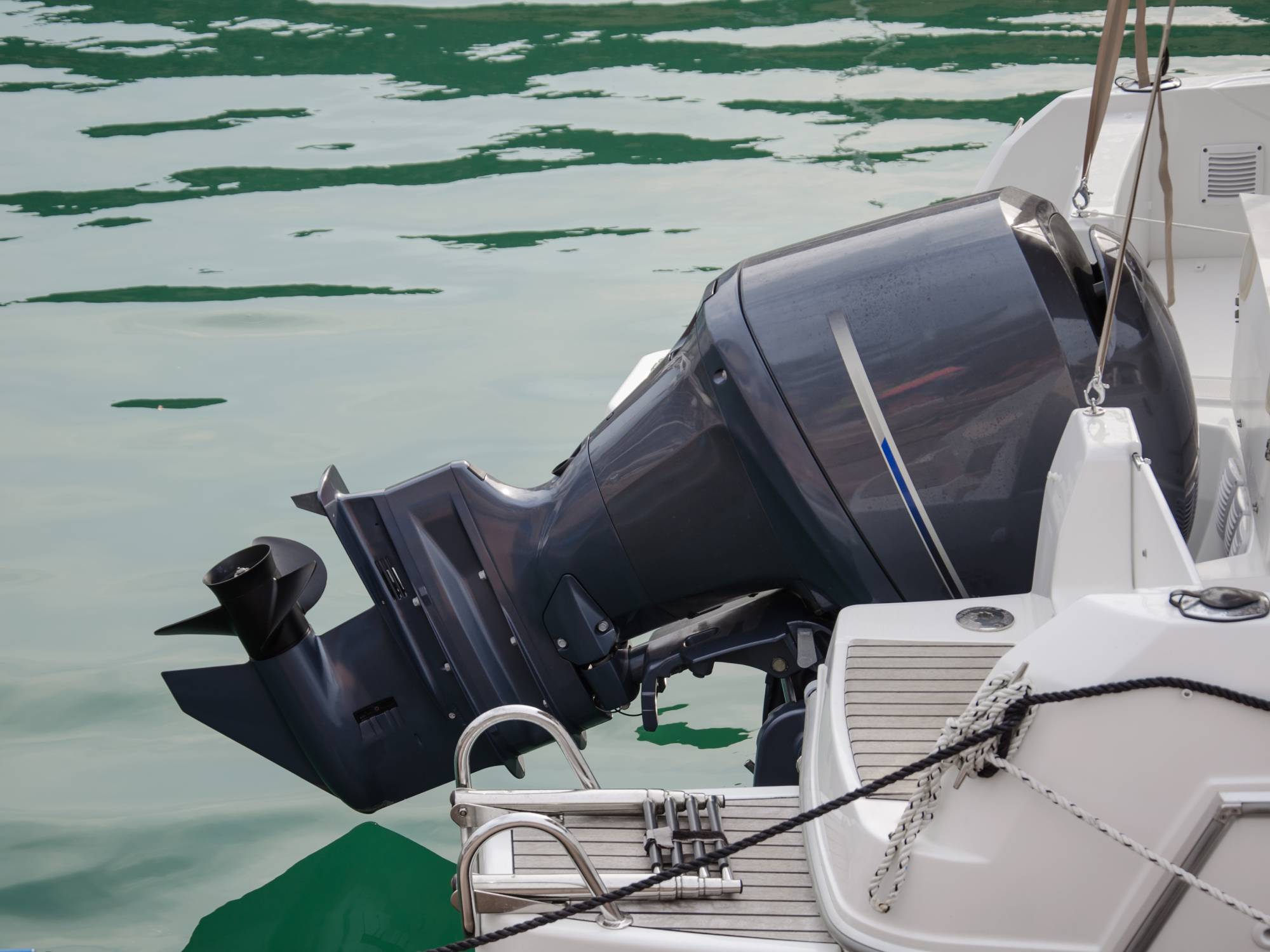
The Best Ideas for Storing an Outboard Motor
Discover the best tips and techniques for storing your outboard motor to keep it in optimal condition, ensure longevity, and maintain performance.
-
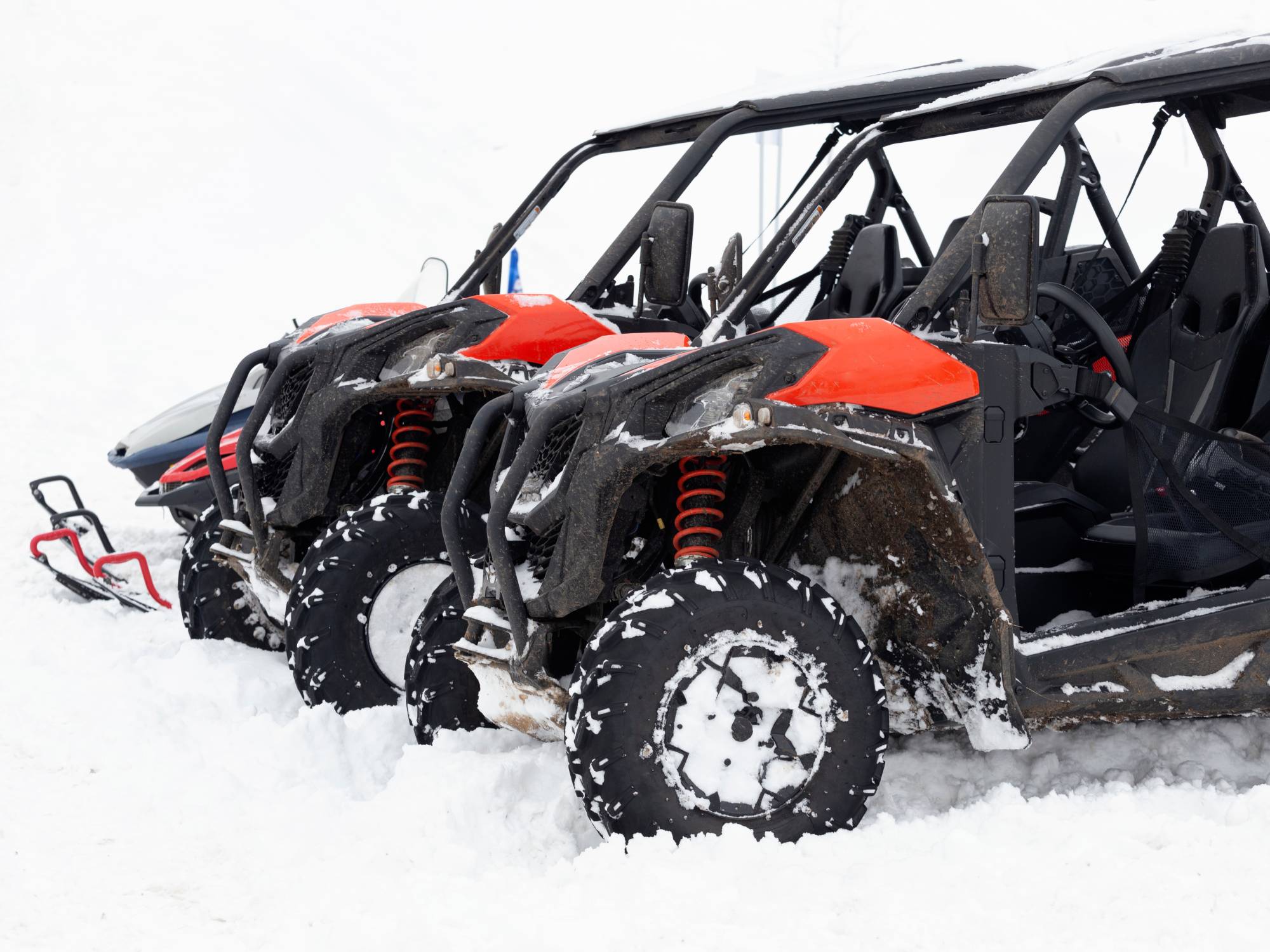
Safety Tips for UTV Off-Roading in Icy Conditions
Going on a UTV adventure can become a better experience with the right knowledge and preparation. Explore safety tips for UTV off-roading in icy conditions.
-
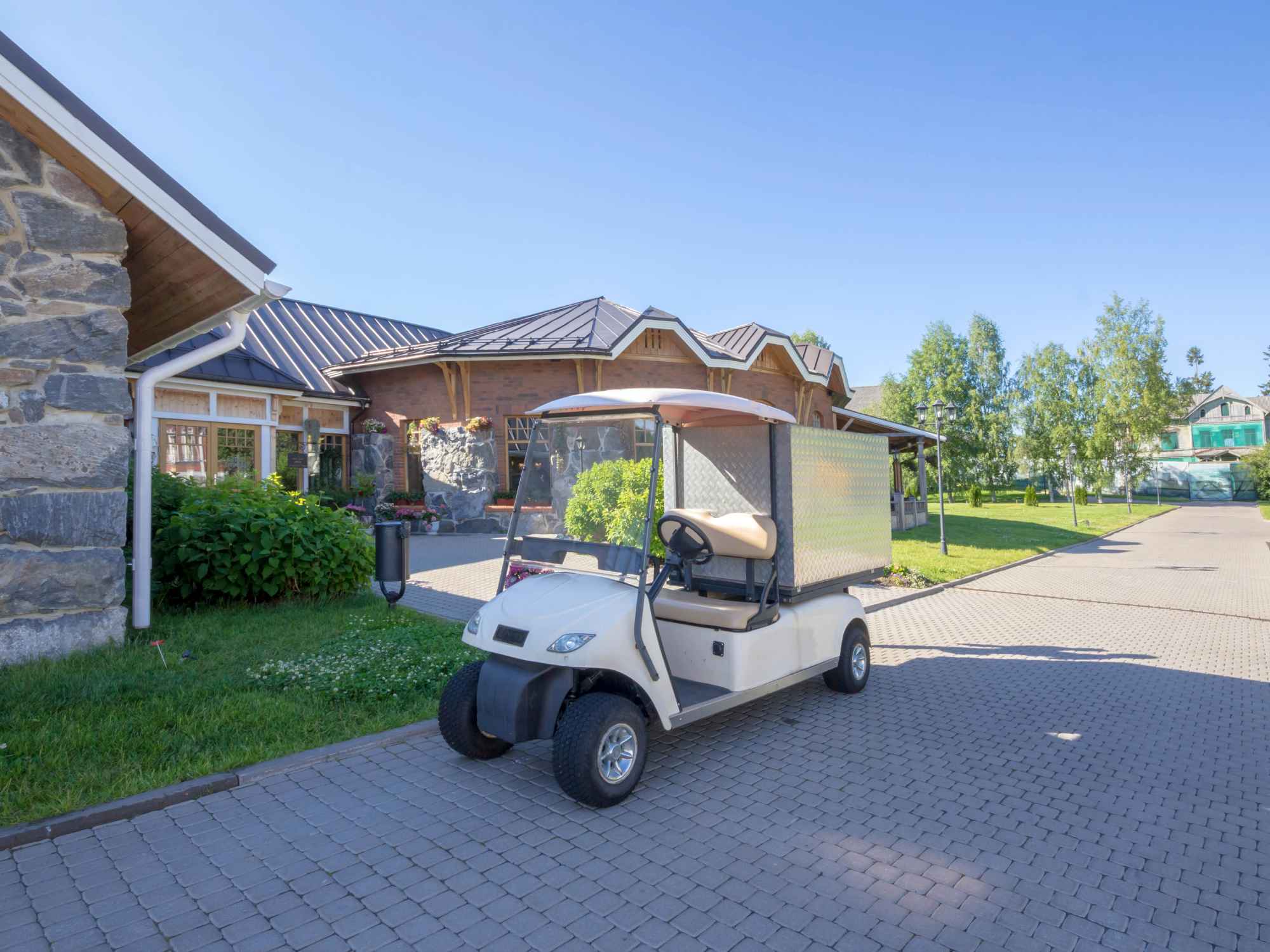
How To Take Care of Your Golf Cart in the Summer
Golf carts can go through a lot of wear and tear in the summer months. Follow this helpful guide to learn how to take good care of your vehicle.
-
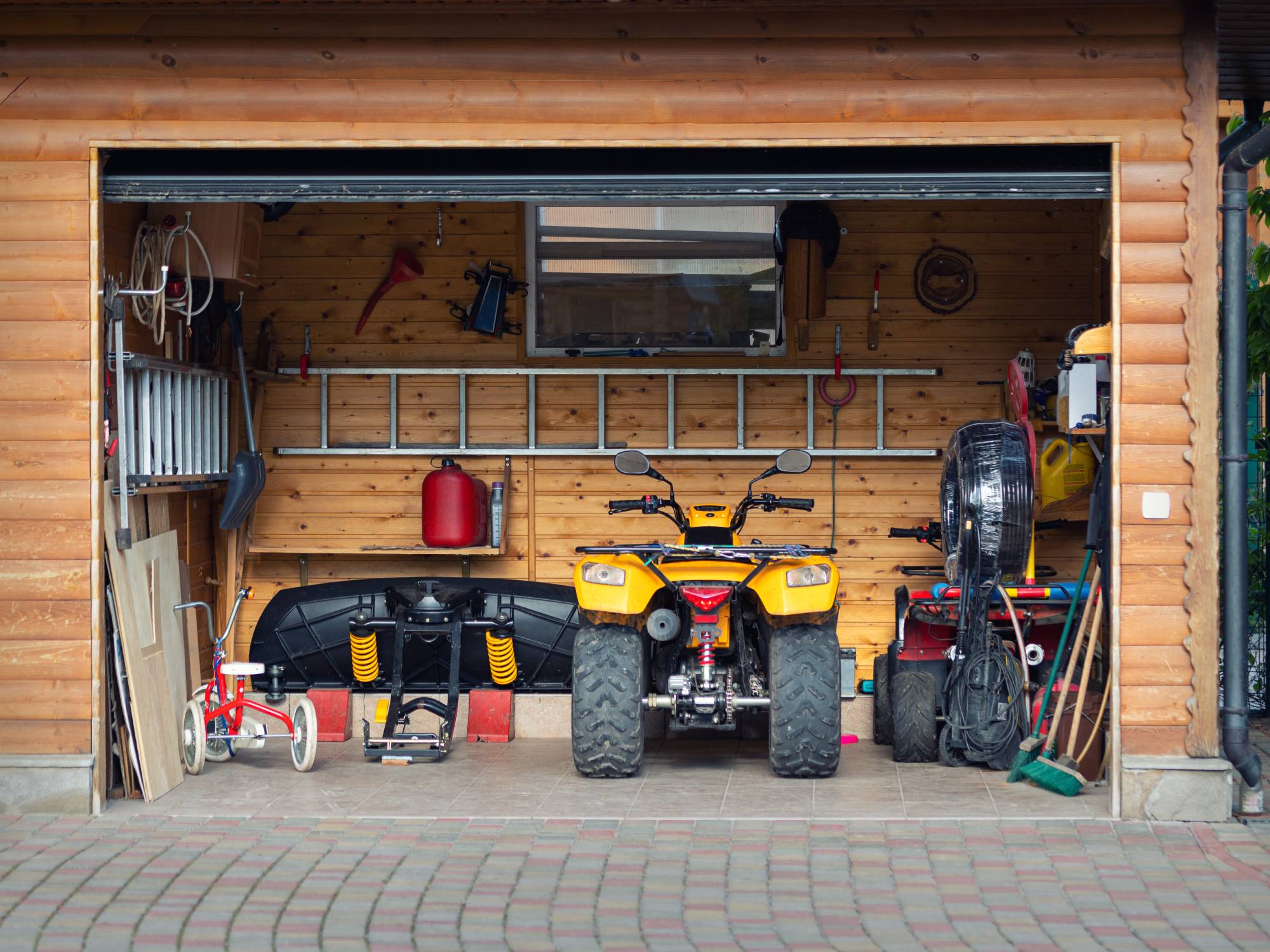
How To Turn Your Garage Into Outdoor Equipment Storage
Your outdoor adventures in Texas use a lot of equipment, and this equipment needs proper storage. Here’s how to turn your garage into outdoor equipment storage.
-
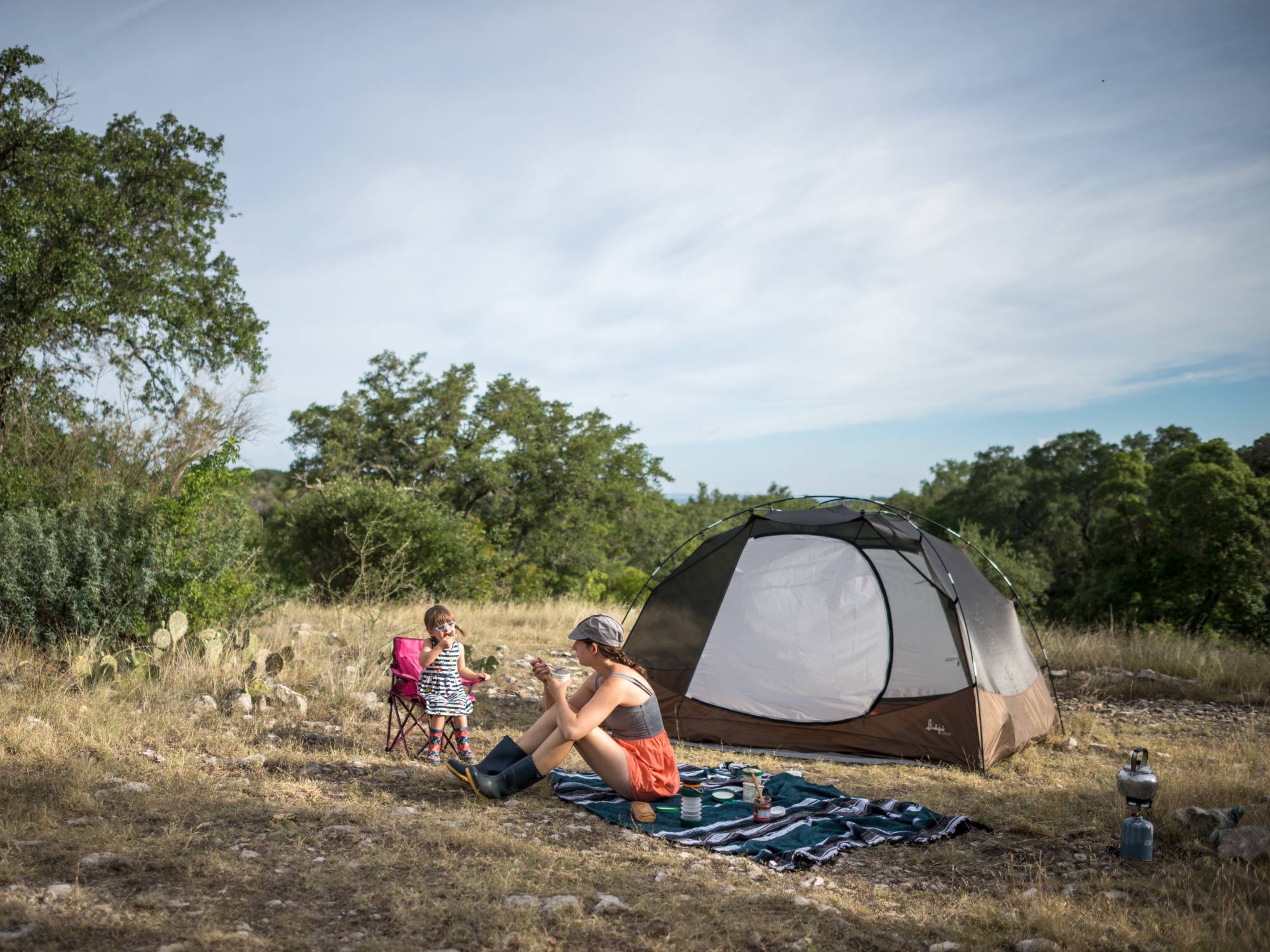
How To Successfully Prepare for Camping in Texas
Camping is a fun pastime for any outdoor enthusiast or someone who is starting out. Learn to plan a successful camping trip with this guide.
-
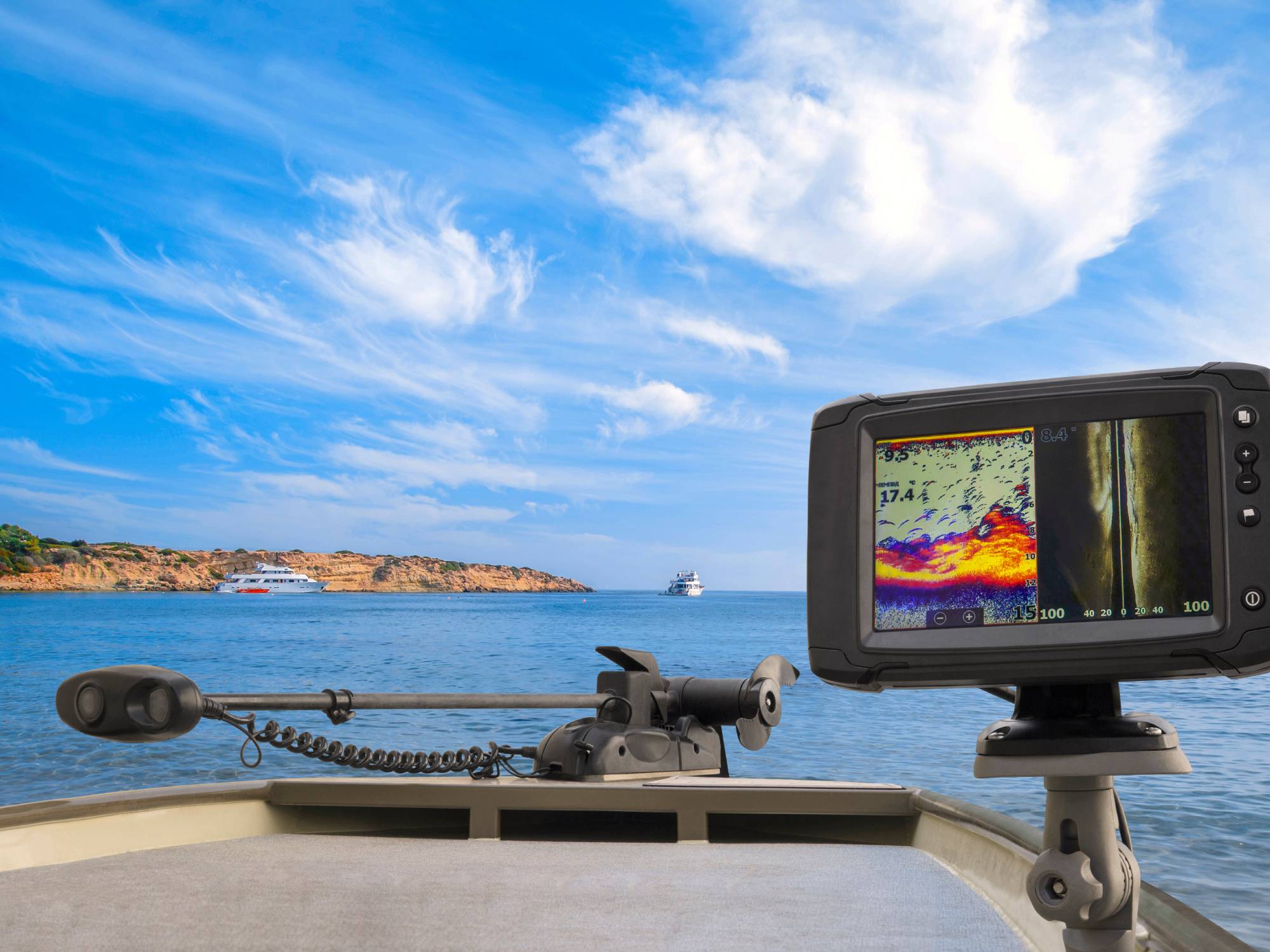
Upgrade Your Angling Experience With These High-Tech Gadgets
Only amateurs believe that fishing gear hasn’t changed over the years. You can upgrade your angling experience with these six high-tech gadgets.
-

What To Consider When Purchasing Your First Boat: A Texan’s Guide
Thinking of buying your first boat sometime soon? Our guide for new boaters will provide all that you need before hitting the water this summer.
-
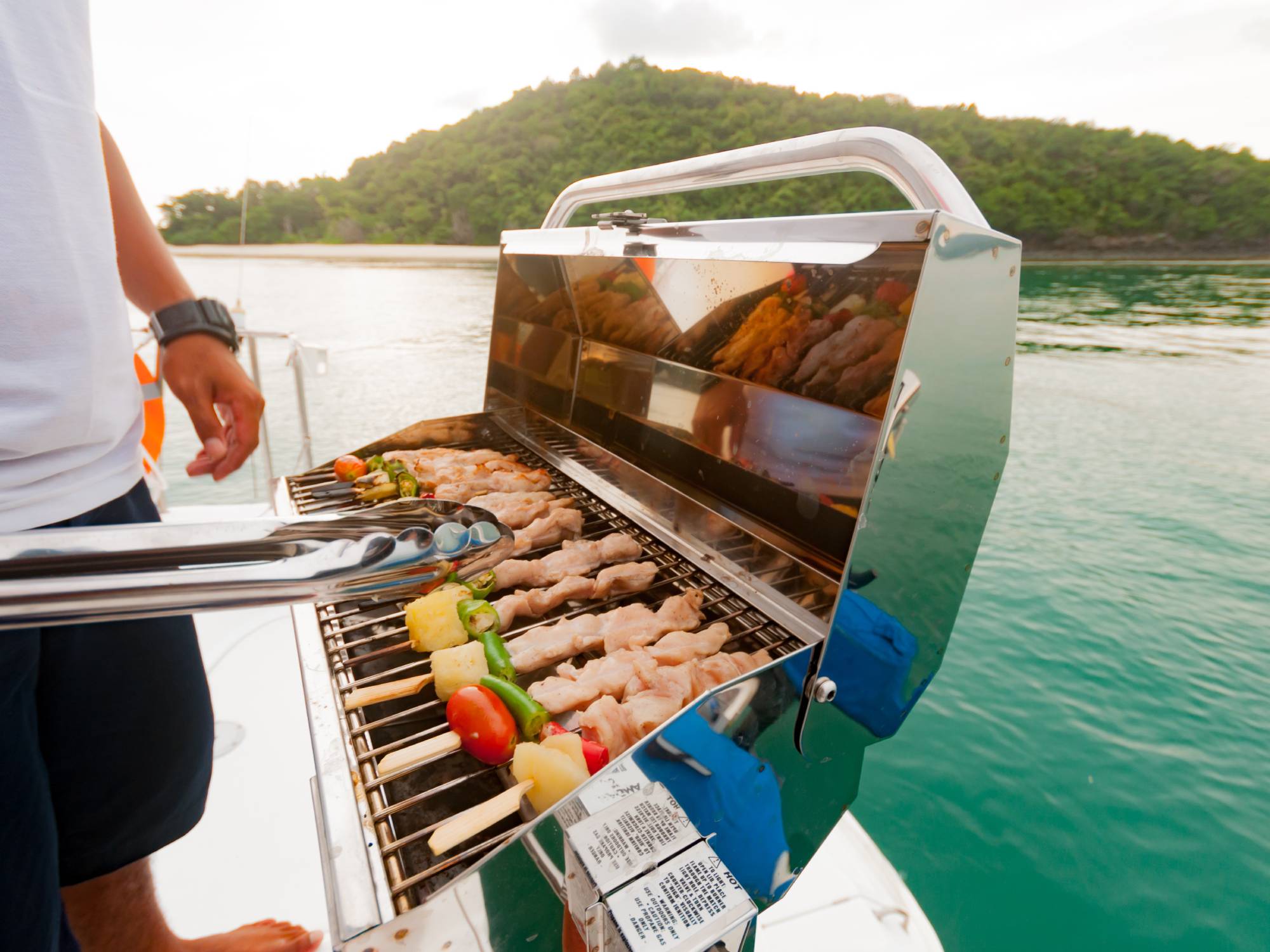
How To Throw a Summer Barbecue on a Boat
There’s no better combination than good food and good friends out on the water. Learn what you should do to throw a perfect barbecue on a boat.
-

4 Important Benefits of Using Agricultural Drones
Agricultural drones have transformed farming operations in a variety of exciting ways. Let’s explore the important benefits of using agricultural drones.
-

How To Establish and Maintain a Pasture for Livestock
A healthy pasture is essential for raising horses and cattle. Discover the key steps to establish and maintain a pasture for livestock in this post.
-
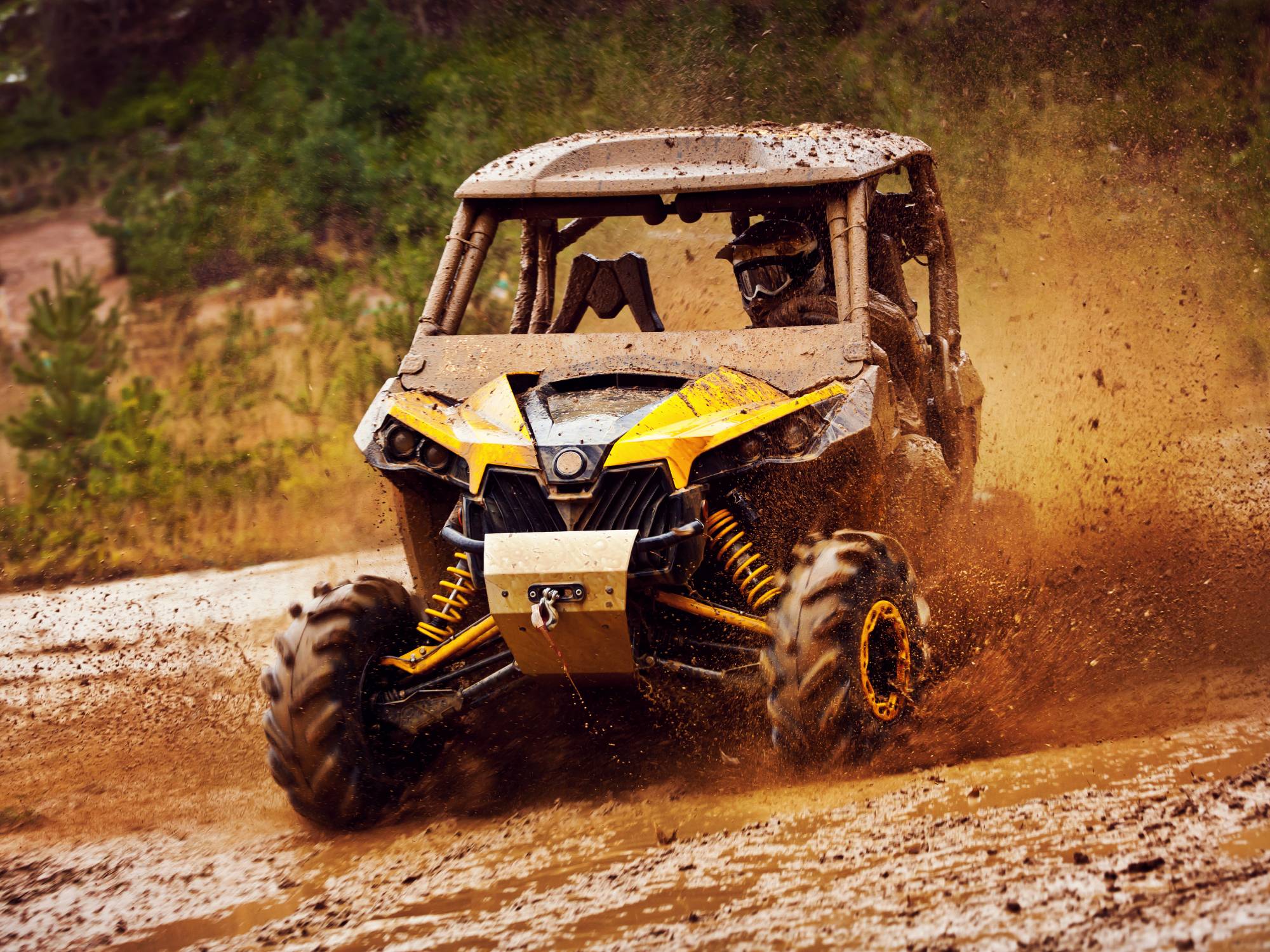
Most Important Things To Remember When Off-Roading
Before riding onto your next off-road trail, there are some essentials to keep in mind. Here are the most important things to remember when off-roading.
-
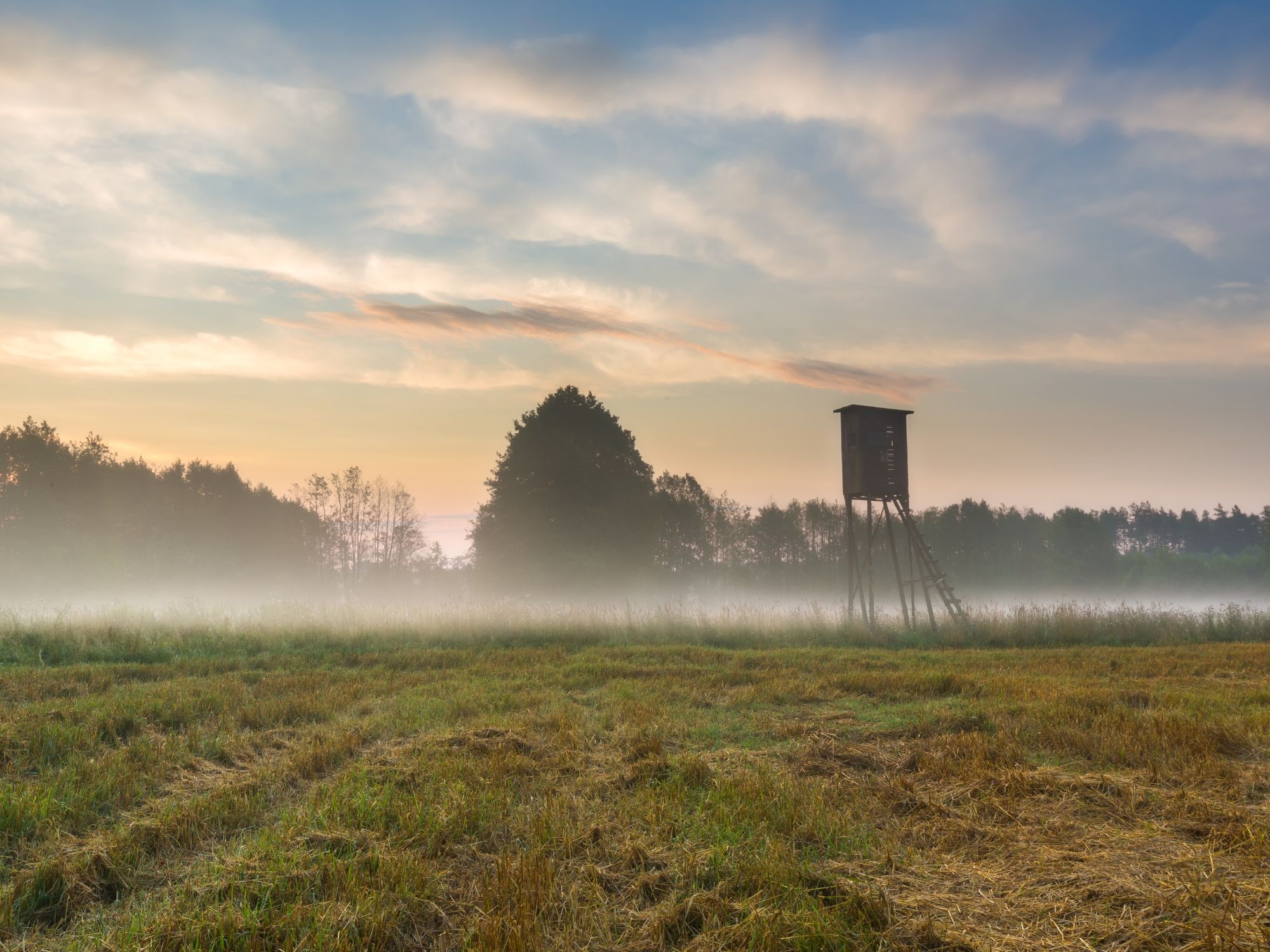
How To Transform Farming Land Into Hunting Grounds
Sometimes, finding the best hunting grounds in your area requires you to create those hunting grounds. Learn how to turn farming land into ideal hunting land.